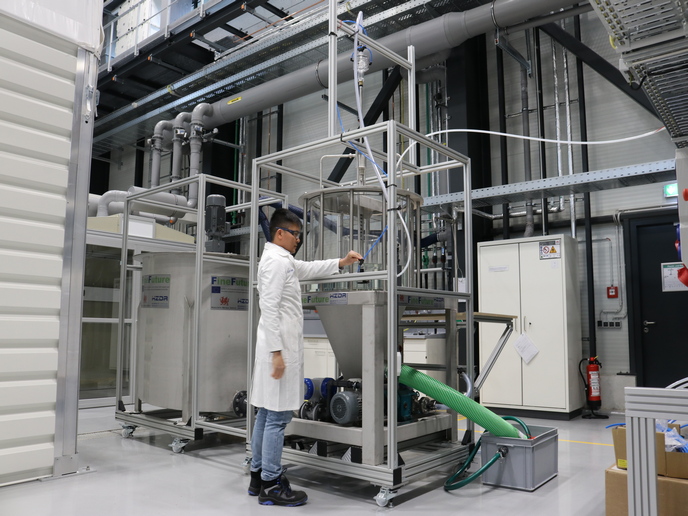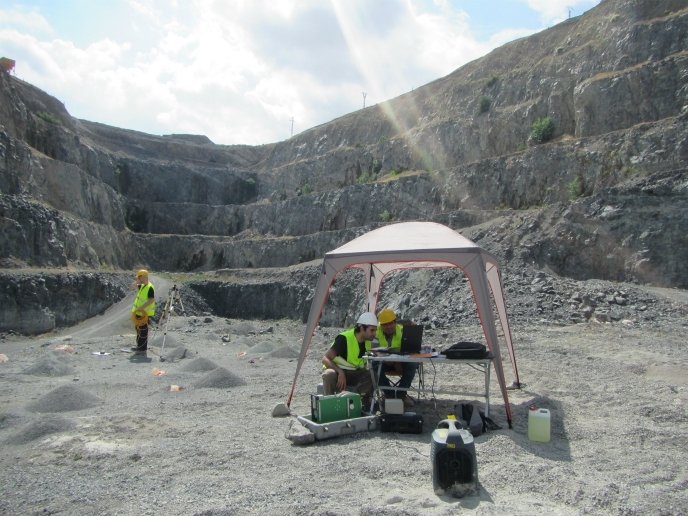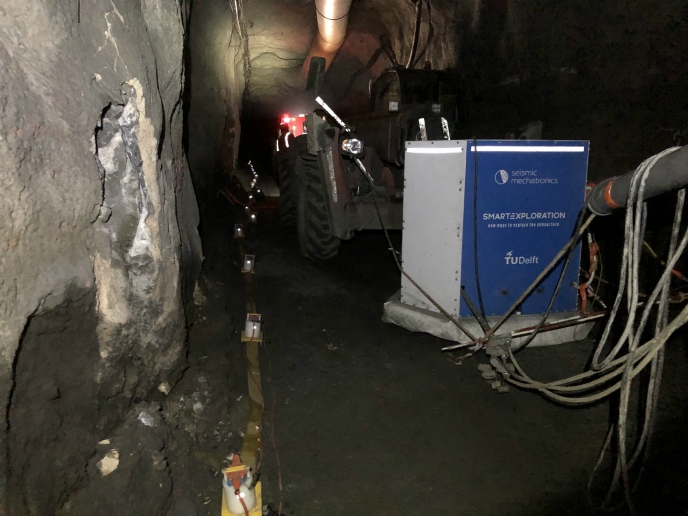Optimised production of ceramic pastes
Froth flotation is a widely used process in material treatment for separating different materials, especially minerals. It uses agitating techniques on a powdered mixture of materials with water, frothing and collecting reagents. Through differential wetting of the suspended materials, it could separate particles for collection. By properly removing the surface froth, as well as the included water and chemicals, a clean concentrate is derived. Practically, all mined ores and an increasing part of industrial minerals are processed through flotation. The separation process of froth flotation is a primary method of creating a high-value concentrate. As such, it was selected by this project for controlling the chemical and mineralogical composition of the raw materials. In this way, the physical and technological properties of ceramic pastes could be significantly improved. Using two types of raw material, feldspathic ores and raw clays, numerous flotation tests on both bench and pilot plant scale were carried out. The satisfactory results could provide the physico-chemical technological basis for the final flow sheets to process the various ceramic paste mineral components. In order to stabilise the metallurgical parameters, such as grade and recovery of the separation process, an adaptive fuzzy-based controller was also developed. The real time control Windows application was successfully tested in a fully instrumented pilot plant. In addition, a software tool was also generated that allows controlled blending of different raw clay types. The experience and results gathered from pilot tests and industrial application are expected to boost froth flotation processes. The new flexible flotation process can be well adapted to severe working conditions, such as wild fluctuations of chemical/mineralogical composition of raw materials. Finally, the production of high-value, controllable ceramic pastes could provide new opportunities for the composition of components that may lead to improved industrial applications.







